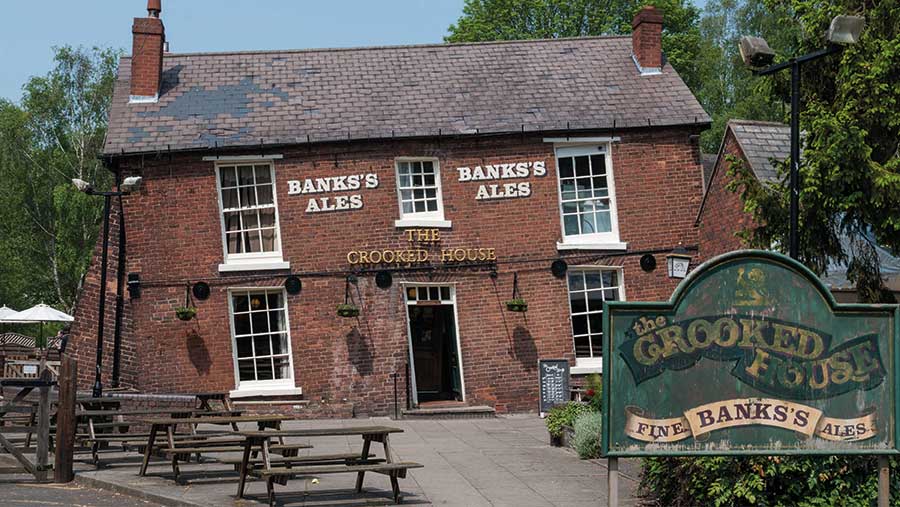Opinion: Time to act if your village pub is worth fighting for
 © Alamy
© Alamy The sad saga of the Crooked House pub in Staffordshire piqued my curiosity. It’s the sort of situation on which I would have been asked to give advice in my former role as a local government lawyer.
This unusual building had very quickly gone from local landmark to heap of bricks, causing great anger that events unfolded with such speed there was no time to save it for the community.
It would seem there had not been an application to list the pub as an Asset of Community Value (ACV) and I wondered if there could have been a happier ending to the tale if local people had known about this possibility.
See also: Opinion – farm support should help real people doing real jobs
A community group, such as a parish council, can apply to the local authority to list certain types of land or a building as an ACV.
When a listed ACV is put up for sale, the community group has six weeks to say if it wants to try to acquire the land and, if so, a further six months’ grace to put together a bid.
I remember the flurry of interest when the ACV legislation was introduced in 2012, although initial enthusiasm waned somewhat when the scheme’s limitations and the criteria that had to be met became clear.
No, the brewery can’t be forced to keep the pub open. No, the landowner doesn’t have to sell to the community group.
I had a hard time convincing a parish council that the former pub in their village, converted into a house and occupied as such for some time, did not meet the ACV criterion of recent use for the “social wellbeing or social interests” of the community.
As the ubiquity of places called “The Old…” attests, we often find a new use for redundant buildings.
Done sensitively, this preserves some of the character of a place, and “embedded carbon” means that adapting an existing structure can be greener than demolishing it to rebuild.
However, there must be balance. If everything becomes an “Old” something, there is a danger of obscuring the past.
The Old Rectory may speak of days when a country cleric could expect to live somewhere surprisingly grand, and The Old Dairy tells us it was once surrounded by fields of cows, not houses.
But too many twee conversions with bifold doors and pristine gravel forecourts can soon turn “somewhere” into “anywhere”.
The loss of the Crooked House has provoked calls for changes to the law, although planning permission is already required before demolishing a building “used or last used” as a pub.
And while it did not apply in this case, listed buildings and those in conservation areas enjoy extra protection.
Alas, laws can be broken, and buildings will fall into decay if owners cannot afford the upkeep and no one else wants to take them on – preservation takes money.
I know that not every ACV application, or community bid, will succeed. Not every village pub or shop is going to be viable, however beloved of locals.
But if the fate of the Crooked House has got you worrying that your pub could become an “Old” – or even a pile of rubble – then it might be worth giving your parish council a nudge to instigate the ACV process sooner rather than later.

